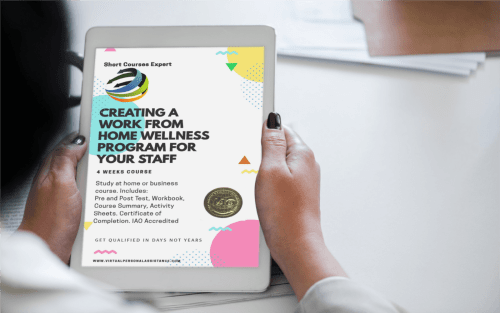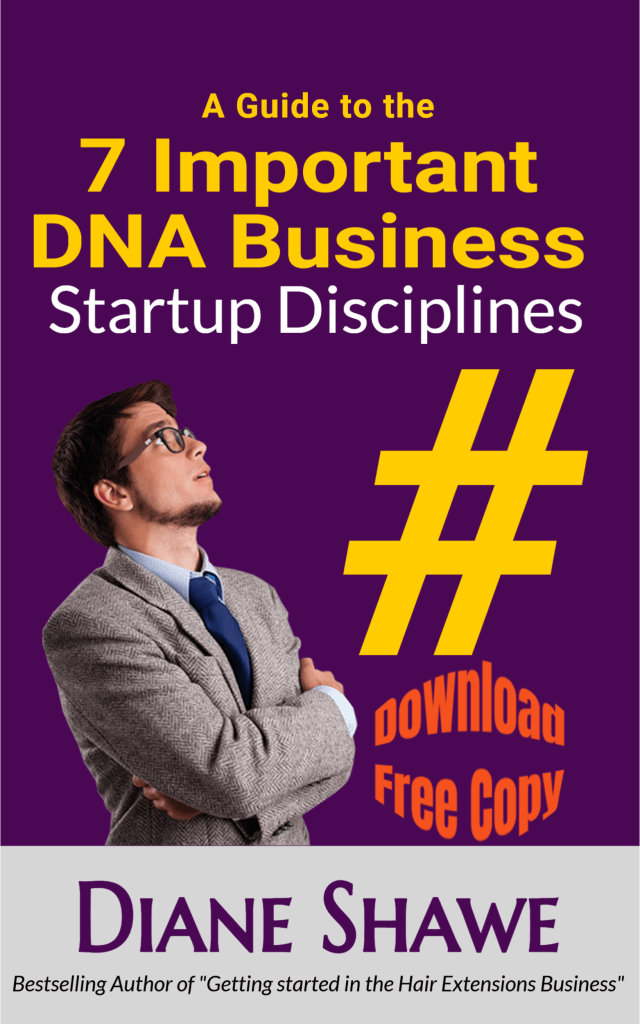Businesses, Enterprises, Organisations of all sizes and legal formats now find themselves post pandemic with increased online activity from current and new customers wanting information, customer services, services fulfilment and much more at an all time high.
As a result of this the last few years have set up scenarios where businesses and customers are mutually ready to adopt conversational automation.
On one hand, conversational A.I offers personalised interactions, faster replies, improved customer service, and easy purchase flow for customers. 
Businesses can use an artificial intelligence chatbot to boost lead quality, reduce support costs, increase customer loyalty, and gain more sales.
A.I Chatbot for Business: Industry reports that today, just being present online is not enough. Businesses need to provide a 24/7 conversational availability, which is what customers expect across messaging platforms, social networks, websites, and other digital channels.
Virtual Speedy Services has looked at the top ten industries that are
adopted conversational AI on various social media platforms like facebook, WhatsApp, Instagram or providing a link instead of their business website.
1. Social Media influencers
There is a growing number of social media influencers who have now amassed a huge following sometimes in the millions. In order to stay connected with their fans and streamline any endorsements, products or promotions they can stay fully connected in real time with their followers using A.I. Chatbot technology.
2. Using conversational A.I for e-commerce
The e-commerce industry is on a roll with exponential sales growth. The worldwide e-commerce retail sales amounted to £3.00 trillion in 2019, which is expected to reach £6.00 trillion by 2024.
Despite this growth rate, e-commerce businesses are struggling to maintain their sales cycle with traditional channels such as social media, emails, and phone calls. Not more than 1-3% visitors feel engaged enough to fill those static forms. If you also rely on these platforms, you must be struggling with the same problem.
Relying only on the human-driven sales and support system which are becoming more and more expensive can’t lead a business to success at profitable scale. E-commerce brands such as Shopify giant brands have created a new form of transformative digital customer experience with A.I chatbot.
Conversational A.I is helping e-commerce companies to
- Capture and qualify leads faster
- Create shorter sales cycles
- Provide cross-platform support
- Save time
- Making more money
Get AI Chatbot for E-Commerce Now
3. Customer Services and Human resource
Every company needs a smoothly running HR department to ensure long-term success. During the process of recruitment, HR managers have to take care of hundreds of activities. And the success of those activities defines the future of a company. Finding the right candidates, ensuring policy compliance, resolving queries and conflicts- all these activities ensure that a business can run without any interruption.
Many organisations have started using conversational A.I for futuristic and proactive HR activities. Companies that use artificial intelligence for HR are able to increase their productivity by 45%. HR teams are saving almost half of their time usually spent on managing talent and answering repeative questions and queries. Hence, they can spend more time strategising, planning, developing, and recruiting talent.
With A.I deployed to your Customer services and HR activities, you can-
- Attract more relevant prospective candidates
- Reduce the hours spent and scale up the recruitment process
- Qualify candidates based on automated background checks
- Answer their questions with personalized interactions
- Help candidates with paperwork, onboarding, and company policies
- And more!
With Virtual Speedy Services, you can adopt an A.I-powered Customer Services or HR chatbot for more human-like engagement of candidates, customers and employees. An A.I that can find what they want in real-time and help them instantly rather than letting them go through an endless cycle of emails.
Get an AI chatbot for HR Now
4. Conversational A.I for Distribution and Manufacturing
The distribution and manufacturing industry involves large-scale customer queries and operations. Manually handling interactions causes reduced results due to delayed responses and inefficient processes. With everyone having a mobile phone to hand they react by calling instantly when wanting assistance
To match the scale of manufacturing, enterprises are deploying AI in their digital conversations. Various tasks across marketing, sales, and support are being automated using AI chatbots for business.
Using Virtual Speedy Services conversational A.I platform, your manufacturing business can-
- Run conversational marketing for more qualified leads
- Take care of supplies and inventory with AI-enabled ERPs and legacy systems
- Automate 90% of repetitive customer support queries
- Offer personalized product advisory
- Send useful updates and delivery alerts
Get an AI Chatbot for Manufacturing Now!
5. Healthcare industry
It’s hard enough for doctors and nurses to ensure accuracy in every minute detail of their jobs. At the same time, they have to invest 1/6th of their working hours into administrative work. For instance, even the small task of arranging doctor’s appointments requires a lot of attention. Any mistake during manual entries can result in serious problems for patients.
Thankfully, now your hospital staff can automate many such tasks with A.I-powered chatbots. Instead of manually filling forms, hospital staff can simply let the self-service A.I bot schedule meetings for patients as per the available time slots and much more.
Conversational A.I can offer complete automation to the healthcare front-office. Patients don’t have to rely on calling the staff to get information or wait for responses regarding transfer requests, discharge, and consultation requirements. Everything is processed and conveyed by an A.I-enabled virtual assistant.
With AI there for patients 24*7, hospitals can send on-time alerts and receive urgent requests to respond without any delay. AI bots are designed to update records, manage medical history of every patient, notify them about prescription refills.
Get an AI Chatbot for Healthcare Now
6. Conversational AI for estate Agents
Every prospective customer adds a big amount of money to an estate agency’s revenue. So, businesses can’t afford to lose those leads on social media and websites due to the nonresponsive approach or abandonment due to waiting too long..
Beautiful images and too much information can’t do the trick if customers want to ask questions for quick and relevant answers. In that case, they’re likely to enjoy an instant conversation with A.I that understands their requirements, rather than browsing through the long web pages.
Virtual Speedy Services can give that ability to estate agents businesses with conversational A.I, so they can have more qualified leads ready for nurturing and more satisfied clients.
Get an AI Chatbot for Travel Agents Now
7. Travel & hospitality industry
In the travel and hospitality industry, businesses work for 8 hours while customers wish for assistance 24*7. This presents the challenge of losing more than half of your potential customers. Even the best of contact forms on your web pages can’t give you more than 1 to 2 percent of sales.
An A.I chatbot, on the other hand, lets you engage potential leads, qualify them, and convert them into sales. Not only that, but conversational A.I can also be there to answer customer queries 24*7 to enhance their travel experience without you lifting a finger.
Get an AI Chatbot for Travel & Hospitality Now
8. Conversational A.I for car industry
For car dealerships, maintaining an ongoing relationship with customers is a must to keep on receiving revenue by fulfilling maintenance and repair requirements. At the same time, they need to ensure that no prospect goes away due to complications or wrong information.
Without any conversational automation, car dealerships struggle to capture leads and convince them to book a test drive due to delayed or no response. Often customers choose multiple channels to connect with a dealership and feel frustrated if they are restricted to a single channel for conversation.
So, automobile dealerships are now transforming their approach with AI-powered chatbots by integrating them across multiple channels for a unified customer experience. They are using the predictive intelligence and data segmentation capabilities of AI to find, track, and nurture leads.
Get an AI Chatbot for Automobile Now 
Visit https://www.virtualspeedyservices.biz/view-sample-chat-bots
9. Education industry
The year 2020 was an eye-opener for many institutions that neglected the digital student experience for a long time. From primary schools to higher education institutions, all are now trying to establish a digital presence that can manage the immediate requirements for information by student.
A.I chatbots can help educational institutes:
- Improve the quality of student query support
- Increase admissions with conversational academic marketing
- Employ AI as a digital PR asses
- And more!
Get an AI Chatbot for Education Now!  10. Conversational AI for insurance
10. Conversational AI for insurance
Attractive landing pages and regular social media promotion can’t do much if an instant conversation isn’t possible in the insurance industry. People decide to buy insurance from a company that gives them top-notch experience, answers questions, and resolves confusion.
To enable such prompt service and support, insurance companies now adopting conversational A.I. Instant interactions are improving engagement on websites, social media, and digital ads. Using this 24*7 availability, insurance companies are able to-
- Generate more qualified leads
- Provide policy advisory to customers
- Send personalized notifications
- Assist with the policy claim
- Handling other complex queries faster than ever
Get an AI Chatbot for Insurance Now
In Conclusion
With a conversational A.I platform, you can generate leads on every channel and simultaneously nurture those leads with personalised interactions and help with transactional activities 24*7. But in todays world not everything is about leads.
Callers usually have questions, problems or want some information which is often hard to navigate via a mobile phone on a website.
It was statistically proven that most people respond to text messaging or prefer to engage in messaging on their phones, this is one of the main reasons why A.I conversational technology is proving popular
To have such a conversational A.I for your business, click here to chat and share your business details.  Or, sign-up for a FREE DEMO to see how an advanced conversational A.I chatbot performs 90% of regular business activities without any human involvement.
Or, sign-up for a FREE DEMO to see how an advanced conversational A.I chatbot performs 90% of regular business activities without any human involvement.
































































You must be logged in to post a comment.